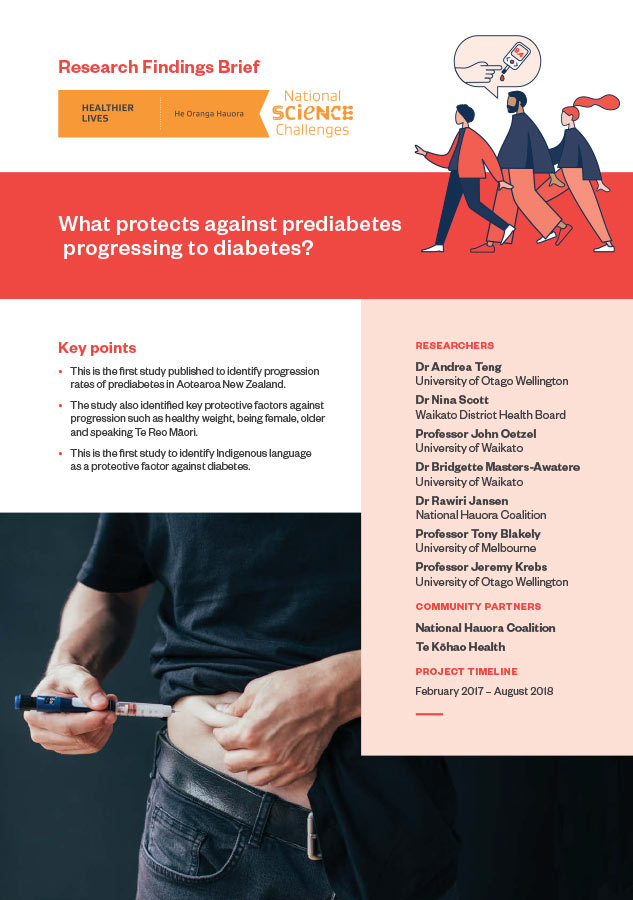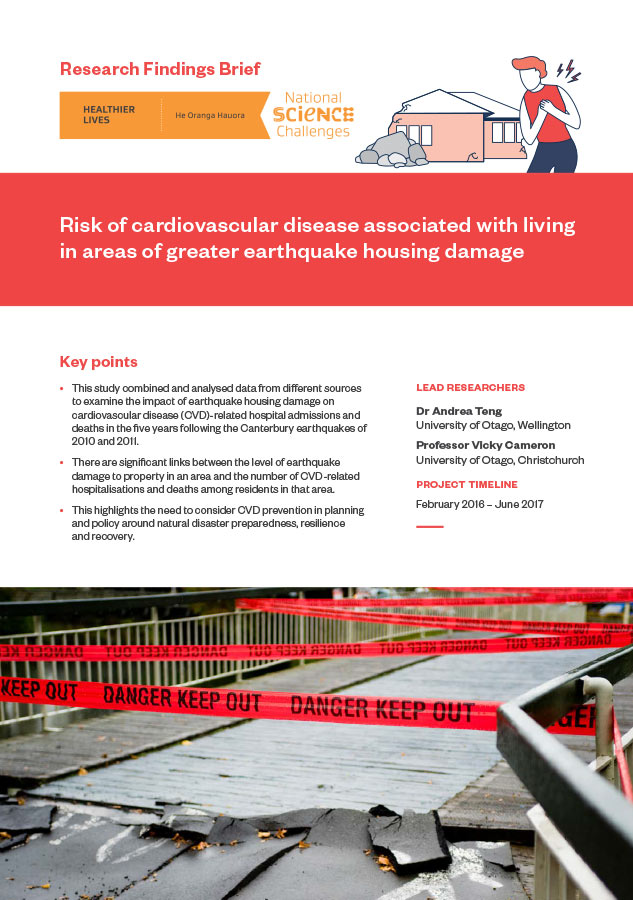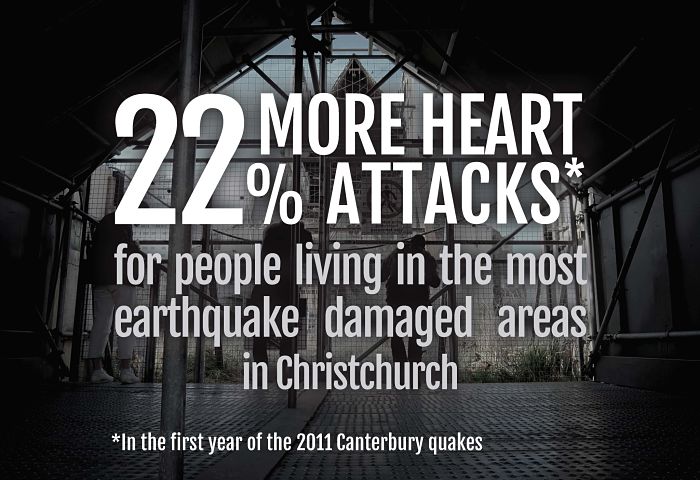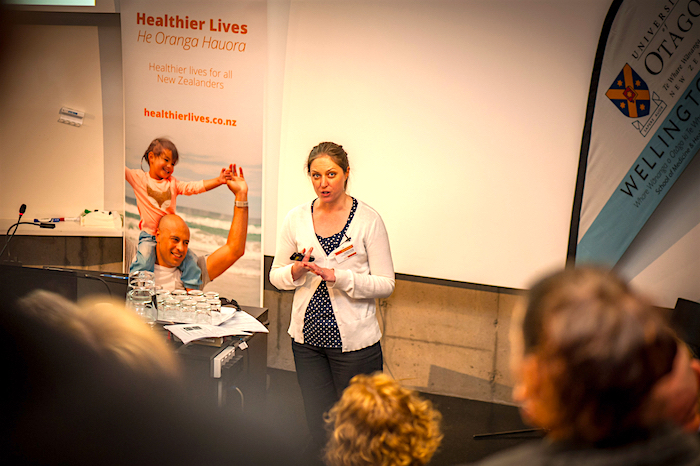Our studies have demonstrated the value and potential of big and linked data to health research, policy and clinical practice in New Zealand:
-
-
- We showed that in the first year after an earthquake there is a correlation between the level of earthquake damage to property in an area and the number of cardiovascular-related hospitalisations and deaths among residents. This will enable better planning for measures to address post-earthquake stress.
- We identified factors associated with the progression of prediabetes to diabetes: being younger and male, and having a higher level of HbA1c (glycated haemoglobin, a measure of blood glucose control) or BMI (body mass index, a measure of fatness) are all associated with increased risk. We also made a novel finding that speaking Te Reo Māori is associated with reduced risk.
- More people are now living beyond a cancer diagnosis so it is important to know the prevalence of cancer in New Zealand to estimate demand for ongoing support services. We found that 3.2% of New Zealand residents had been diagnosed with at least one cancer in the 18½ years up to 2013, and that prevalence is higher amongst those with greater access to healthcare.
New data has been brought into the IDI as a result of our studies, including Earthquake Commission residential building claims data, and primary health care data. Code and methodologies generated from these studies have been shared with other researchers.
The IDI is based on a huge number of data linkages. Our report on data linkage bias within the IDI informs researchers about data linkage processes in IDI and the potential impacts of this for their research. This is also available as a condensed accessible guide.














